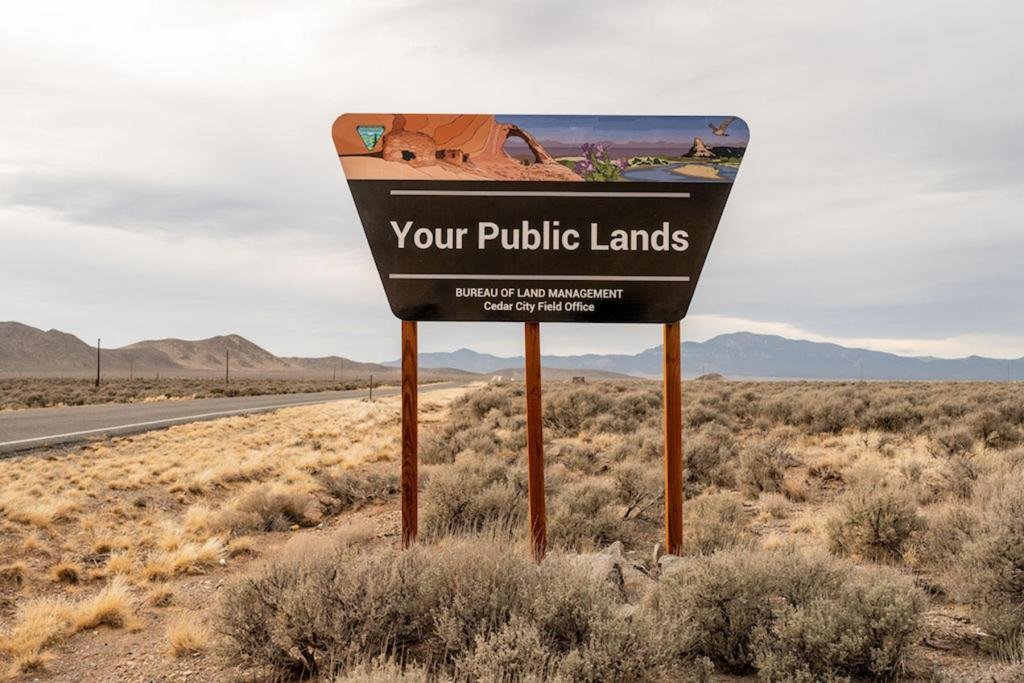Federal Lands Under Siege: The Battle Over America’s Natural Heritage
In the sun-drenched hills of Utah, where the iconic red rock formations rise against cerulean skies, an unexpected battle has emerged—one that intertwines the fates of hunters, hikers, and conservationists. In June, a proposed measure by Republican Senator Mike Lee, aiming to sell off up to 3.3 million acres of federal public land, ignited a passionate outcry that reverberated across the nation. What began as a legislative proposal morphed into a broader conversation about the future of America’s public lands, igniting fears amongst advocates who believe these lands should remain untouched, preserved for generations to come.
New Threats Amidst Defeat
Though the flames of public dissent led to the withdrawal of Lee’s proposal, the specter of privatization and land sales looms larger than ever. Experts warn that the broader agenda of the Trump administration poses substantial threats to the integrity of federal lands. With plans to roll back the “Roadless Rule” protecting 58 million acres from logging and increased regulatory freedoms for oil and gas production, the precarious balance is shifting. “This is not over even if the sell-off proposal doesn’t make it,” cautioned John Leshy, former solicitor for the U.S. Department of the Interior. “The push for partial privatization remains a major concern.”
In a landscape where outdoor enthusiasts come to recharge and reconnect with nature, Secretary of the Interior Doug Burgum has dubbed public lands America’s “balance sheet,” prioritizing economic output over conservation. His approach raises significant questions about the value of public lands; proponents of conservation argue that the long-term benefits of preserving these spaces far outweigh immediate economic interests. “When we compromise these lands, we sacrifice biodiversity, clean water, and recreational opportunities,” explained Dr. Helen Carter, an ecologist at the University of Oregon.
Grassroots Mobilization: A Valiant Stand
The swift backlash against the proposed land sales showcased a unified front among diverse interest groups, from fishing enthusiasts to conservationists. “We’ve never seen a threat on this magnitude ever,” remarked Devin O’Dea, Western policy and conservation manager with Backcountry Hunters & Anglers. The response took shape through an extensive social media campaign, where individuals shared their cherished hiking trails, hunting spots, and camping sites—highlighting what was at stake.
- Public lands provide habitat for 12,000 species of wildlife.
- They contribute $887 billion to the U.S. economy annually through outdoor recreation.
- More than 2 million jobs are supported by activities on these lands.
Stakes at the State Level
The tension surrounding public lands isn’t merely confined to the Capitol; it resonates deeply at the state level, particularly in Western states where the majority of federal land resides. In Idaho, Utah, and Wyoming, state officials have pursued legal routes to wrest control over significant portions of federally managed lands. This push for control reflects a growing frustration among conservative lawmakers regarding what they perceive as federal overreach, which limits local development and private enterprise. “Washington’s management has proven inadequate,” said Senator Lee. “It’s time for states to take back what should have never been theirs.”
Experts, however, are cautious of this state-level revolution. “If the lands are transferred to the states without sufficient funding, the states lose. They may end up selling the lands to meet budget deficits,” cautioned Leshy. Moreover, previous studies suggest that states have historically divested from lands, undermining the notion that public domain will be preserved under state management.
The Continual Battle Against Legislative Erosion
While the recent sell-off proposal garnered headlines, the assault on environmental protections persists. The Trump administration, according to critics, continues to implement a multi-front battle to weaken regulations. “The approach is to throw as much as you can at the wall and see what sticks,” said O’Dea. Critics warn that these efforts may aim to go unnoticed, encapsulating fears that the loopholes created could irreparably harm public lands and natural resources.
Some states are looking at these changes through an economic lens. For instance, Alaska Senator Dan Sullivan underscored his constituents’ frustrations with federal land ownership and its impact on local economic development. Nevertheless, many fear that prioritizing immediate economic gain threatens long-term ecological sustainability. “Effective land management is about balance, and right now the scales seem tipped entirely toward exploitation,” warned Dr. Mary Franks, a land use consultant based in Colorado.
The intricate interplay of local interests and federal policies demands vigilant public engagement. The testimony of a diverse coalition, from hunters to environmentalists, reflects a shared belief: America’s public lands are a legacy worth fighting for. As the dust settles on one legislative battle, the war over the future of public lands—a vital piece of America’s identity—continues to unfold. For those who cherish the sanctity of nature’s spaces, the fight has only just begun.





